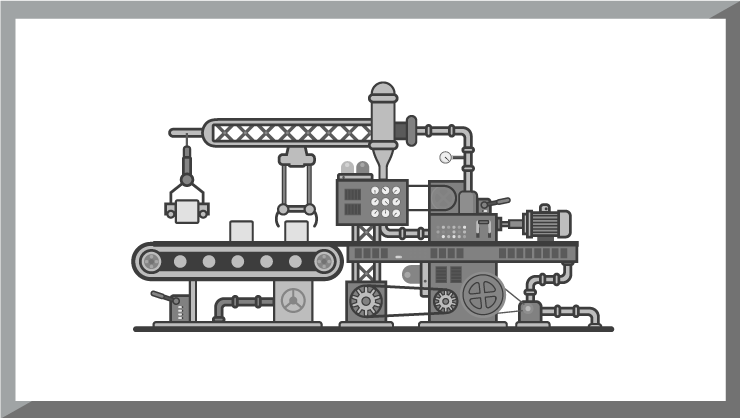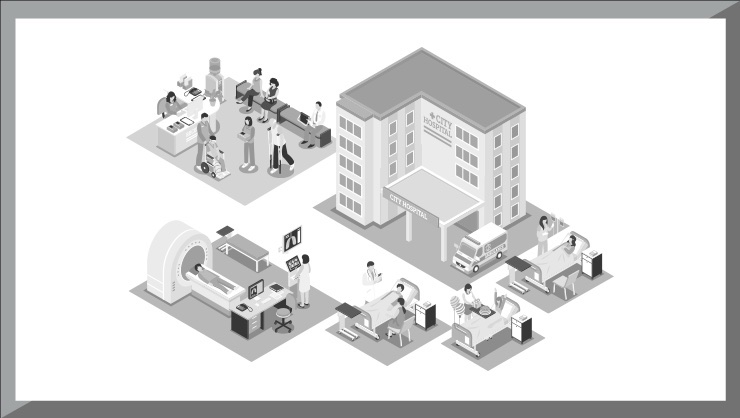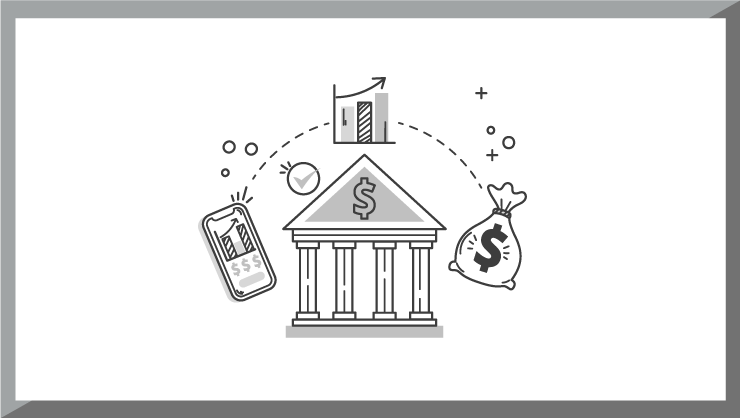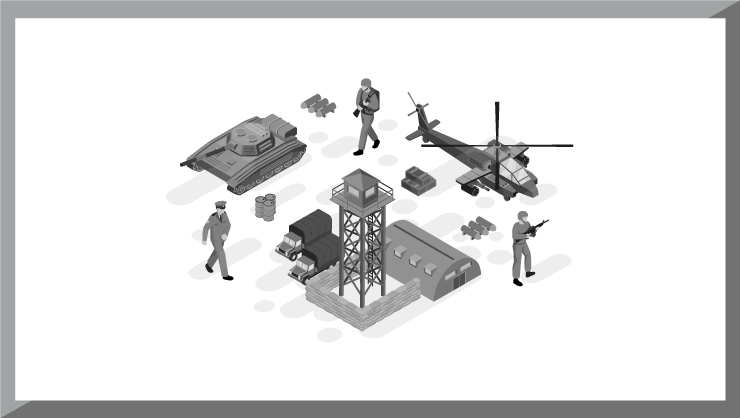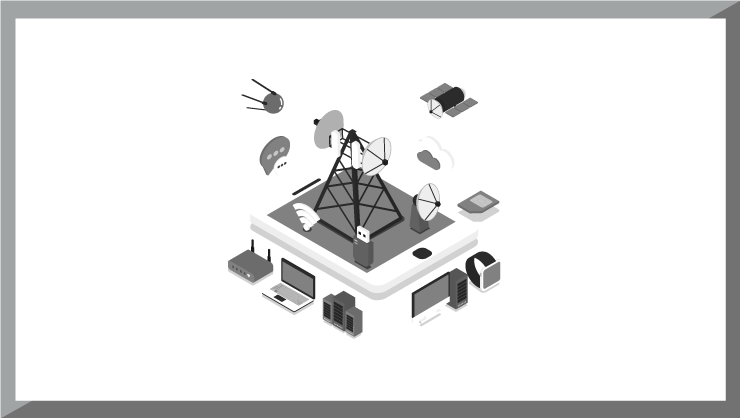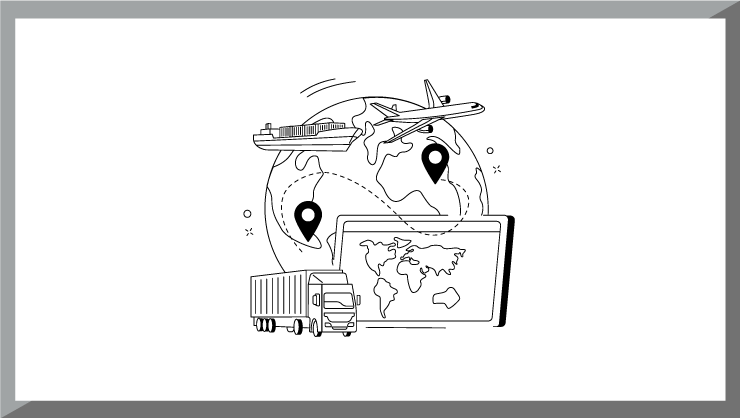Unsupervised Learning
Unsupervised learning stands out as a crucial approach for discovering hidden patterns in data. Unlike supervised learning, which relies on labeled datasets, unsupervised learning operates without predefined outcomes, making it indispensable for tasks where labeled data is scarce or nonexistent.
Unsupervised learning involves training algorithms on data without labeled responses. The primary goal is to explore the underlying structure of the data and identify patterns or groupings. This approach is particularly useful for exploratory data analysis and for tasks where obtaining labeled data is challenging or impractical.
Unsupervised Learning
Key Techniques in Unsupervised Learning
1. Clustering Algorithms
Clustering is a foundational unsupervised learning technique used to group similar data points into clusters. At Neurex AI, we utilize advanced clustering algorithms to help businesses segment their data meaningfully. Key clustering methods include:
K-means Clustering: This algorithm partitions data into k clusters by minimizing the distance between data points and their respective cluster centroids. It is widely used for customer segmentation, market analysis, and more.
Gaussian Mixture Models (GMM): GMMs assume that the data is a mixture of several Gaussian distributions and use statistical methods to determine the probability of each data point belonging to a particular cluster. This technique is effective for more complex clustering tasks.
Example Application: In retail banking, clustering algorithms can segment customers based on their transaction behaviors, helping banks tailor their services and marketing efforts to different customer segments.
2. Dimensionality Reduction
High-dimensional data can be challenging to interpret and analyze. Dimensionality reduction techniques simplify this data while retaining its essential characteristics. Neurex AI employs sophisticated dimensionality reduction methods to enhance data analysis:
Principal Component Analysis (PCA): PCA transforms high-dimensional data into a smaller set of uncorrelated variables called principal components, preserving as much variance as possible.
Autoencoders: These neural networks learn to encode data into a lower-dimensional representation and then decode it back, capturing the most significant features in the process.
Example Application: Dimensionality reduction can be used in image processing to reduce the number of pixels while maintaining the core visual information, making it easier to perform tasks like object recognition.
3. Anomaly Detection
Anomaly detection is a critical unsupervised learning application for identifying unusual patterns that deviate from the norm. This technique is vital for fraud detection, predictive maintenance, and quality control.
Example Application: In manufacturing, anomaly detection algorithms can monitor sensor data from machinery to detect early signs of equipment failure, enabling proactive maintenance and reducing downtime.
Advantages of Unsupervised Learning with Neurex AI
1. Discovery of Hidden Patterns
Unsupervised learning excels at uncovering hidden patterns in data that may not be immediately apparent. This can lead to new insights and opportunities for businesses to optimize their operations and strategies.
2. Scalability and Efficiency
Unsupervised learning models can handle large volumes of data, making them scalable and efficient for real-time analysis. This is particularly beneficial for industries dealing with big data, such as finance, healthcare, and e-commerce.
3. Enhanced Data Understanding
By exploring data without predefined labels, unsupervised learning helps businesses gain a deeper understanding of their datasets. This can inform more accurate predictive models and better decision-making.
Industry Applications of Unsupervised Learning
At Neurex AI, we apply unsupervised learning techniques across various industries to drive innovation and improve business outcomes:
1. Finance
Fraud Detection: Identify fraudulent transactions by detecting anomalies in transaction patterns.
Customer Segmentation: Group customers based on financial behaviors for targeted marketing and personalized services.
2. Healthcare
Patient Segmentation: Cluster patients with similar medical histories for personalized treatment plans.
Genomic Data Analysis: Reduce the dimensionality of genomic data to identify significant genetic markers.
3. Retail
Market Basket Analysis: Discover associations between products to optimize product placements and promotions.
Customer Behavior Analysis: Segment customers based on purchasing behaviors to enhance marketing strategies.
4. Manufacturing
Predictive Maintenance: Detect anomalies in machinery data to predict and prevent equipment failures.
Quality Control: Identify defective products by analyzing patterns in production data.
5. Marketing
Customer Insights: Uncover hidden customer preferences and trends to refine marketing campaigns.
Content Recommendation: Group similar content to provide personalized recommendations to users.
Future Trends in Unsupervised Learning
The field of unsupervised learning is continually advancing, with emerging trends that hold promise for even greater capabilities:
1. Self-Supervised Learning
Self-supervised learning bridges the gap between supervised and unsupervised learning by generating labels from the data itself. This approach leverages large amounts of unlabeled data to improve model performance.
2. Federated Learning
Federated learning enables models to be trained across multiple decentralized devices without sharing data, enhancing privacy and security. This is particularly relevant for applications involving sensitive data, such as healthcare and finance.
3. Explainable AI (XAI)
As unsupervised learning models become more complex, the demand for explainability grows. Explainable AI techniques aim to make these models more transparent, ensuring that businesses can trust and understand the decisions made by their AI systems.
4. Integration with Edge Computing
With the rise of IoT devices, integrating unsupervised learning with edge computing allows data processing to occur closer to the data source. This reduces latency and enables real-time decision-making, crucial for applications like autonomous vehicles and smart cities.
Conclusion
Unsupervised learning is a powerful tool that enables businesses to uncover hidden patterns, enhance operational efficiency, and make informed decisions. At Neurex AI, we specialize in deploying advanced unsupervised learning techniques tailored to your specific industry needs. Whether it’s clustering, dimensionality reduction, or anomaly detection, our solutions are designed to help you leverage the full potential of your data.

